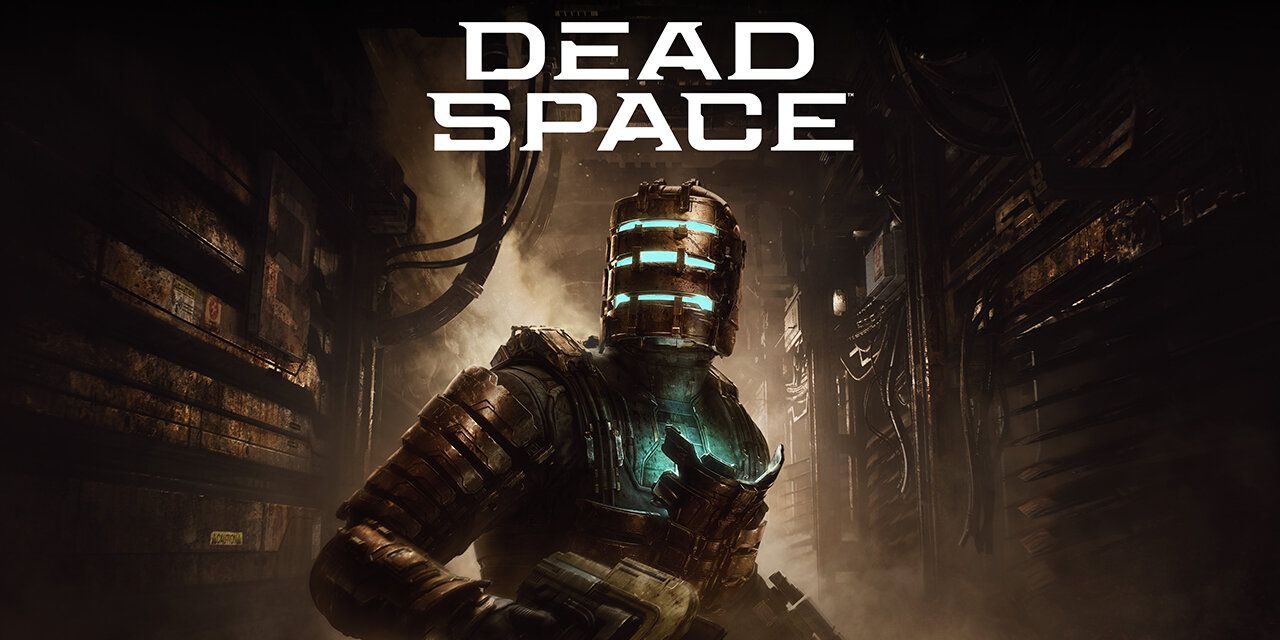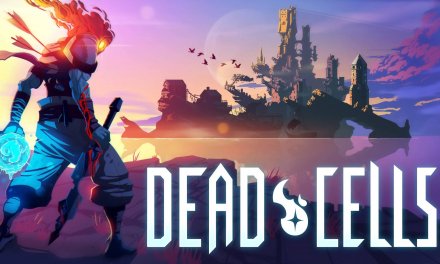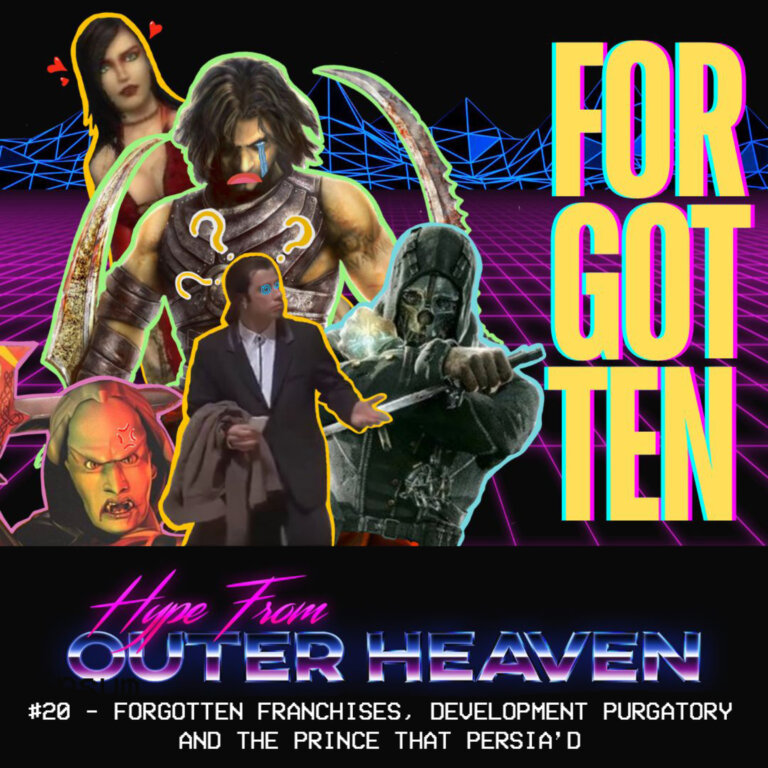“In space, no-one can hear you scream…”
Having been stuck in Purgatory since 2013 with the divisive Dead Space 3 from Visceral Games, the Dead Space franchise has finally been given a reprieve from Montreal based dev: Motive Studio, with their remake of the original entry in the series (previous works include Star Wars Battlefront II and Star Wars Squadrons). Built from the ground up in the Frostbite engine, the Dead Space remake features a swath of technical and visual improvements, in addition to improved gameplay and an expanded narrative, all the while staying true to the original vision of the game. Having released worldwide for all major platforms on January 27th 2023, I’m going to be covering the time I’ve spent with the PlayStation 5 version of the game; detailing the good, deconstructing the bad, whilst ultimately discussing whether it’s worth your time and money at the £69.99 asking price.
– Price is from the UK PSN Store – £62.99 with an active EA Play Subscription.
Much like law enforcement and lard-laden pastries, no genres in popular media go as well together like Horror and Science Fiction do. As far back as Mary Shelley’s 1818 quintessential novel: Frankenstein; or, the Modern Prometheus, the two genres have intertwined perfectly like strands of DNA; complimenting each other’s strengths, whilst crossing common ground with man’s drive to explore the unknown; science fiction asks ‘what if?’, horror is what stares back when that curiosity goes too far (see HP Lovecraft’s The Call of Cthulhu as a textbook example). Outside some of Literary’s greats, the biggest impact that Sci-Fi Horror has made has been in cinema, producing some of the best movies to ever grace the silver screen. Two Sci-Fi Horror movies in particular that I’ve been obsessed with from an early age are Ridley Scott’s redefining classic: Alien (1979), and John Carpenter’s body-horror classic: The Thing (1982); Alien for it’s claustrophobic, white-knuckle pacing alongside it’s lo-fi, grungy, 1970’s aesthetic, and The Thing for its (nothing short of spectacular) Cronenbergian creature effects and its ability to create terror and mistrust on screen through the fear of isolation and contagion (two concepts that are all too close to home for most people from the last few years). These movies have been close to my heart for decades, but it could also be argued that they were the primary inspiration for Visceral Games, and their Sci-Fi Horror nightmare: Dead Space, which was a critical and commercial success when it released for the PlayStation 3 all the way back in 2008.
Following the success of the first game, Visceral would go on to produce two sequels as well as an extended universe outside of gaming; however, with the very mixed reception and poor sales of Dead Space 3, the series would fall into development purgatory for the rest of the 2010’s, with Motive Studio’s remake of the first game bringing focus back onto one of horror’s long forgotten (yet beloved) franchises. Dead Space (or Dead Space Remake if you will) places you in the moon boots of USG (United Spacefaring Guild) ship systems engineer: Isaac Clarke, who is part of an the emergency maintenance team on board the USG Kellion, who have been assigned to investigate and diagnose the mysterious communications failure and systems-wide blackout of the planet-cracker flagship of the USG, the Ishimura, alongside Isaac trying to find his missing girlfriend (a senior medical officer onboard the Ishimura) after receiving a final communication from her, not long before the ship went dark. Soon after climbing aboard the Ishimura, it becomes abundantly clear that things are a hell of a lot worse than anticipated, soon forcing Isaac and the crew of the Kellion down a nightmarish, break-neck race for survival against a foe that uses dead, necrotic flesh against the living. Much of the narrative has remained intact from the original game, having been expanded upon to add context, narrative elements, side stories, and to flesh out the motivations of formerly minor characters beforehand. One of the biggest changes is that Isaac now has a voice (Gunner Wright has reprised his role from Dead Space 2 and 3) and his personality and motivations are now intrinsic to the game’s story, rather than being directed about the place like in the original.
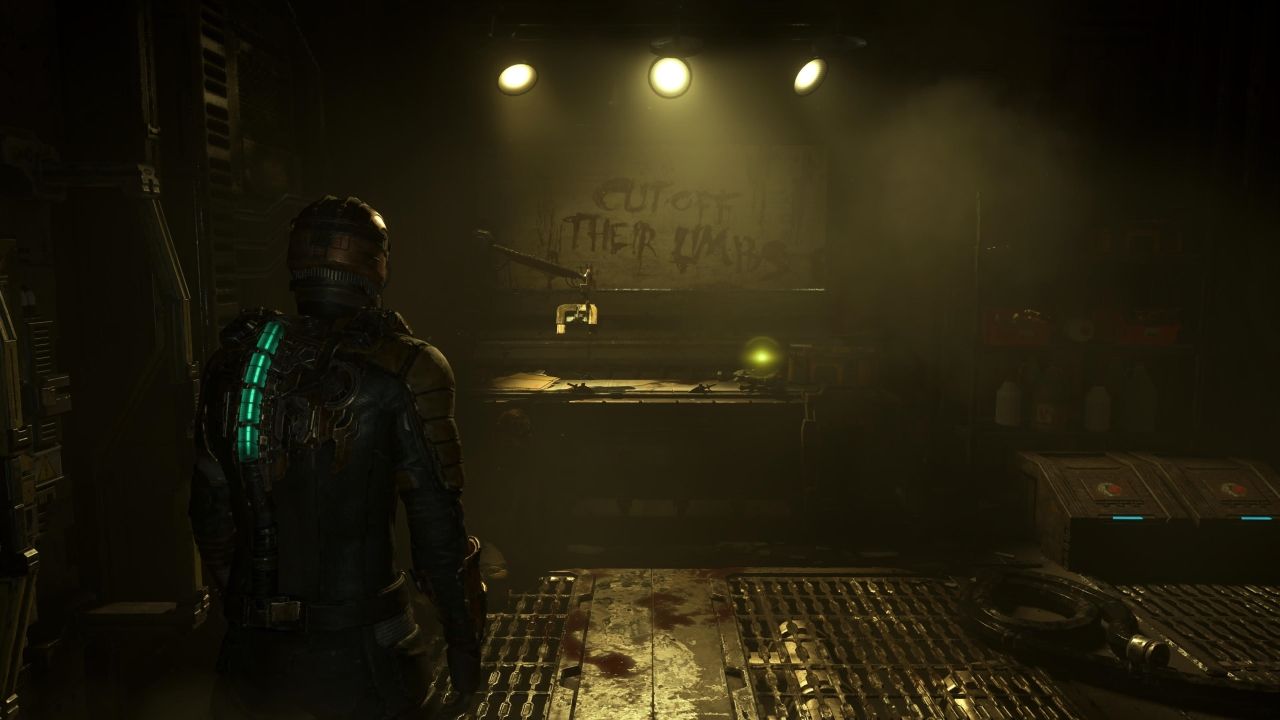
From a narrative perspective, Dead Space shines far more than it did before. The changes to the game’s core story are minimal, with additions put in place only to enhance the narrative rather than take away from it (Staring at you Resident Evil 3) resulting in something that feels like a more complete experience. The most notable changes from the get go are the games visuals and lighting, which are the biggest point one could make for the game looking next-generation. Rebuilt in the Frostbite Engine, the attention to detail this time around is nothing short of spectacular; the decaying halls of the Ishimura have never felt more alive, and look ultra-crisp with excellent ambient lighting that raise the atmosphere tenfold. At several points through the twelve to thirteen hours I spend playing the game, I found myself stopping just to gaze at the level of aesthetic beauty on display (especially some of the stunning vistas of Aegis VII) which offers a brief moment of respite from the otherwise visceral nightmare of traversing the Ishimura. In terms of the scare factor, there are two things that I want to mention here (which I believe are integral to any serious horror title) a haunting OST and ambient soundscape, and unpredictable enemy AI; the two combined are a is a terror-laced cocktail of ones nightmares, reminiscent of some of the best horror games out there (Alien: Isolation being the crowning achievement of the horror genre in this humble writer’s opinion). If you’re playing on PS5, this is one of the rare occasions where the Pulse 3D headset shines (make sure you have the correct settings in game set up) as the ambient soundscape of the game is nothing short of nerve-wracking; the clanks and creaks of the Ishimura floating in space are the perfect environment for an unpredictable enemy AI that can burst out of an air vent or ceiling at any given point, made all the more real with true 3D audio, which turns the game into a literal hellscape.
The enemy AI of the Necromorphs is dictated by the new ‘Intensity Director’ system, which makes the creatures themselves turn up at different points when you don’t see them coming (the OG game was a bit more scripted jump scares than most people care to admit). The new system works by combining enemy movement patterns in conjunction with lighting/score changes to ensure that the atmosphere never lets up and keeps you on your toes at every turn, something that I admit truly feels like a new leap when it comes to horror in gaming. In addition to the impressive AI, one of my favourite changes to the game is with the Necromorphs themselves, specifically the new ‘peeling’ mechanic, which sees Isaac shooting away layers of flesh, muscle and bone in gruesome fashion in order to stop the creatures in their tracks, while also living up to the classic bloody signpost “CUT OFF THEIR LIMBS” that is plastered all over the Ishimura. The level of gore in the game surpasses that of the original, with the amount of viscera from the new dismemberment system adding a whole new layer (pun most definitely intended) to the game as a whole (there is also an option to turn off some of the game’s more disturbing scenes for those who are faint of heart). Another notable change is the new mission structure, specifically being able to traverse all stations of the Ishimura, as the ship is now an open structure, rather than being compartmentalised to the section of the ship that you’re on for that specific chapter, like in the original. The seamless experience (no more loading screens, huzzah!) aids with backtracking to certain points to unlock rooms (in traditional survival horror fashion) with the new security clearance system, that unlocks as you progress through the story and certain side quests, which is another new feature that adds extra context to the former residents of the planet-cracker. It’s also worth mentioning that the Zero G system from the original game has been changed up to the standards of Dead Space 2 and 3, with Isaac now being able to use thrusters to navigate, offering yet another layer of gameplay that was largely absent from the original.
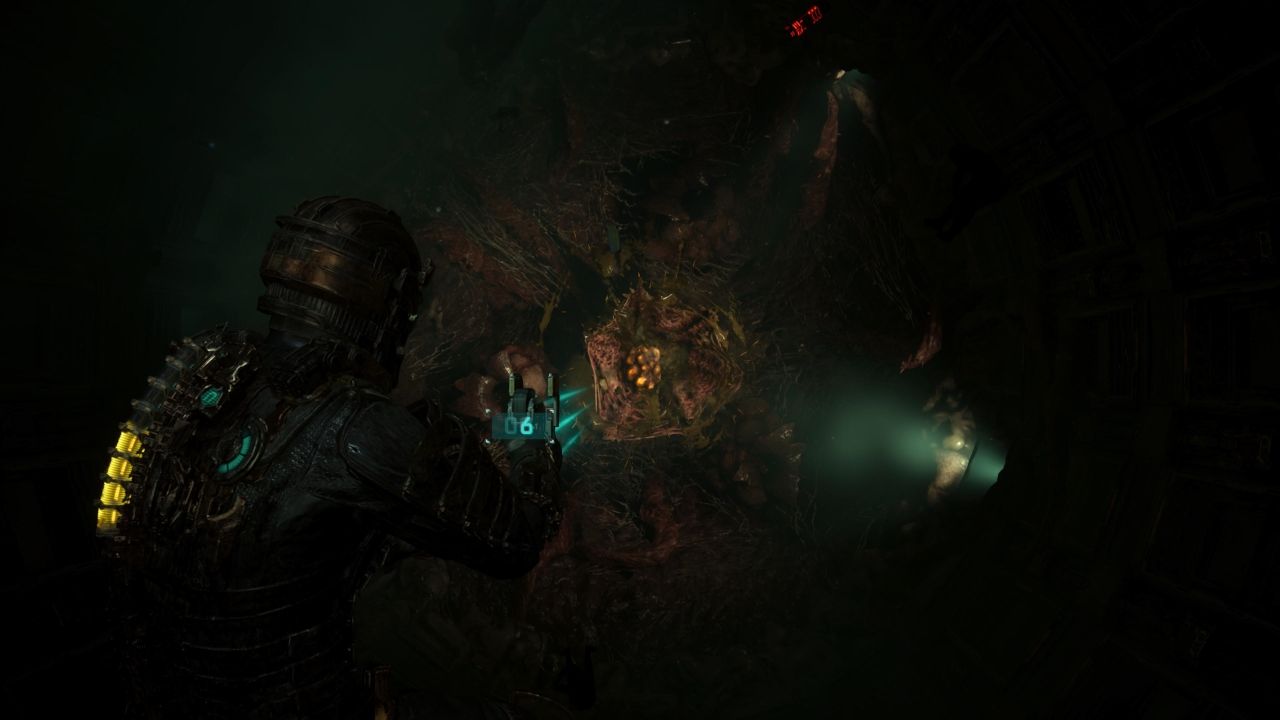
In terms of performance, Dead Space comes with two options for the PlayStation 5: Quality and Performance. The former giving a consistent 30fps at 4K (UHD) 3840x2160p resolution, with the latter opting for 60fps at 2K (QHD) 2560x1440p resolution; provided you can put up with 30fps, the quality mode is definitely the mode to play on, as the remake is one of the first games to do ray-tracing some actual justice, showcasing the preset perfectly. In addition are the PlayStation specific features, most notably the DualSense controllers, with solid haptic vibrations and trigger resistance (blowing limbs off with the plasma cutter never felt so satisfying) as well as controller speaker sounds and use of the controllers touchpad. As aforementioned though, you’re doing yourself a disservice if you’re not playing this one with 3D Audio enabled through a pair of solid headphones; this is the kind of game that the somewhat underwhelming Pulse 3D Headset was built for as it absolutely shines here (make sure to turn on the 3D audio option in game, alongside the correct settings on your console to get the most out of the experience). Overall, what Motive have been able to do with Dead Space is nothing short of spectacular, taking an already solid horror experience (it could be argued that it didn’t need a remake in the first place) and improving upon the formula tenfold, whilst still keeping the spirit and experience of the original alive for both new and returning fans of the franchise. Whilst video games are getting more and more expensive, and I’m a firm believer that the £69.99 price tag is somewhat steep, the level of quality on offer here is quite literally second to none. Definitely worth grabbing if you’re a fan of the franchise, and doubly so if you’re after an immersive horror experience, but just remember the most important factor: cut off their limbs…
A PlayStation 5 review code was provided by 160/90 PR.

